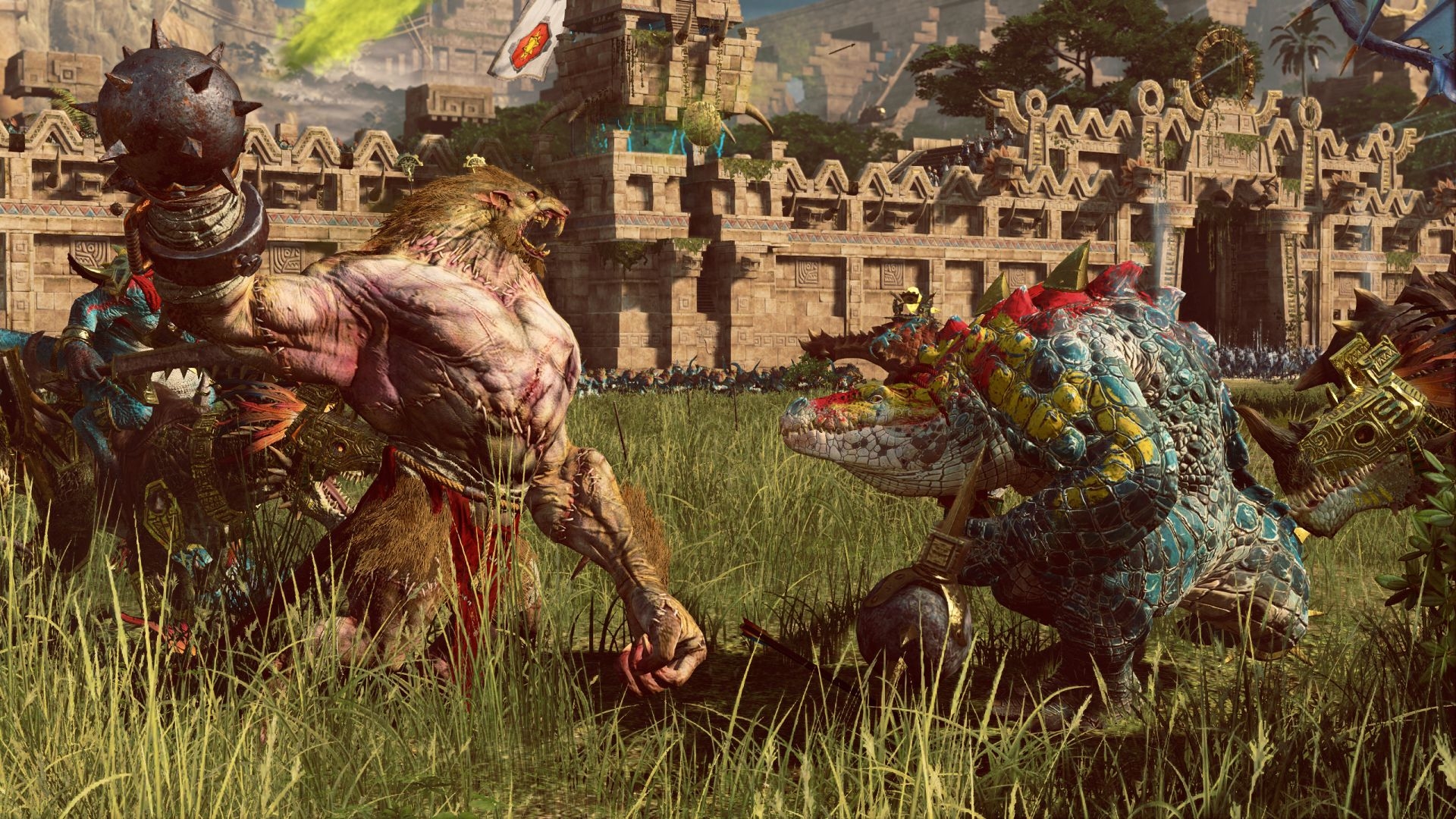
Players will find that clans who share values are far more open to trade agreements, military access treaties and alliances than ever before. On the surface, clans who share allegiances are generally very friendly towards each other whereas clans that support opposite causes are hostile in their initial relations, but the impact this has on how the plays out runs deep.

This division has profound effects on diplomatic relations when compared to the core game. A large part of this is down to the division of clans into two factions – those who support the imperial throne and those who support the shogun. Outside the battles, the strategies employed on the campaign map are also very different to a traditional of Shogun 2. By manually taking control you can even fire beyond the guns usual maximum range, which is an effective tactic but can also feel a little cheap as it gives an unfair advantage over your computer opponent. These big guns are accurate enough without your input that you need never do this to get good effect, but your involvement can make some difference in the battle and, more importantly, it is great fun to see how much damage you are causing as the camera follows your shot home. For the first time ever in a Total War the player can take direct control of artillery units (and Gatling guns) to manually aim and fire at the enemy. Controlling a modernised force demands a tactical approach more in line with strategies used in Empire: Total War than those tactics used in the Shogun 2 standard campaign, but these tactics must be adjusted to account for any traditional Japanese units fielded in your army or in the army of your opponent.Īrtillery too can play a huge part in a battle and has the capacity to cause huge amounts of damage to an enemy force. This combination of forces brings an interesting dimension to battle strategies. Having a unit of spears or katanas nearby offers some support to chase off anyone who gets too close. Sharpshooters can serve to slow an enemy advance and pick off units at a distance, but once the enemy get too close they are in serious danger. That's not to say that traditional units become useless, as they can still play an important role in your strategy as the campaign progresses by integrating them into more sophisticated armies. The background theme of Fall of the Samurai is very much one of tradition versus innovation, with modern gunpowder weaponry finding its way onto the battlefield, pushing aside the traditional samurai armies of bows, swords, spears and horses.Īlthough in the very early stages of a campaign traditional armies are a viable option and they are more than capable of taking on an army of poorly trained men with poor quality rifles, the effectiveness of such an army will rapidly decline during the course of a campaign as more advanced weapons, troops and technology becomes available.

Not that such historical inaccuracy should discourage anyone from playing this latest addition to the Total War series, as the setting lends itself perfectly to some excellent strategy gameplay. However, in Fall of the Samurai this level of bloodshed is common from a single battle – and there will be many of these battles throughout the course of your campaign. In the actual conflict there were 'only' a few thousand casualties, which is hardly a fitting setting for a Total War game. In using this setting, Creative Assembly have moved further away from historical accuracy than in any previous entry in the series. The setting is the Boshin War - a civil war between those clans loyal to the Emperor and those supporting the Tokugawa shogunate.

That means even those without the original Shogun 2 have no excuse for not considering adding this title to their collection.įall of the Samurai moves the game's timeline forward by some 400 years, to the mid-to-late 19th Century. In fact, this expansion to the does not even need the original Shogun 2 to play – hence its status as 'stand alone'. However, its status as an 'expansion' should not suggest that this is mere content pack for an existing game, as the sweeping changes introduced have transformed the original into a completely different beast.

Brown Total War: Shogun 2 - Fall of the Samurai Reviewįall of the Samurai is a stand-alone expansion for Creative Assembly's award winning Total War: Shogun 2. Reviews // 6th May 2012 - 10 years ago // By Ross D.


 0 kommentar(er)
0 kommentar(er)
